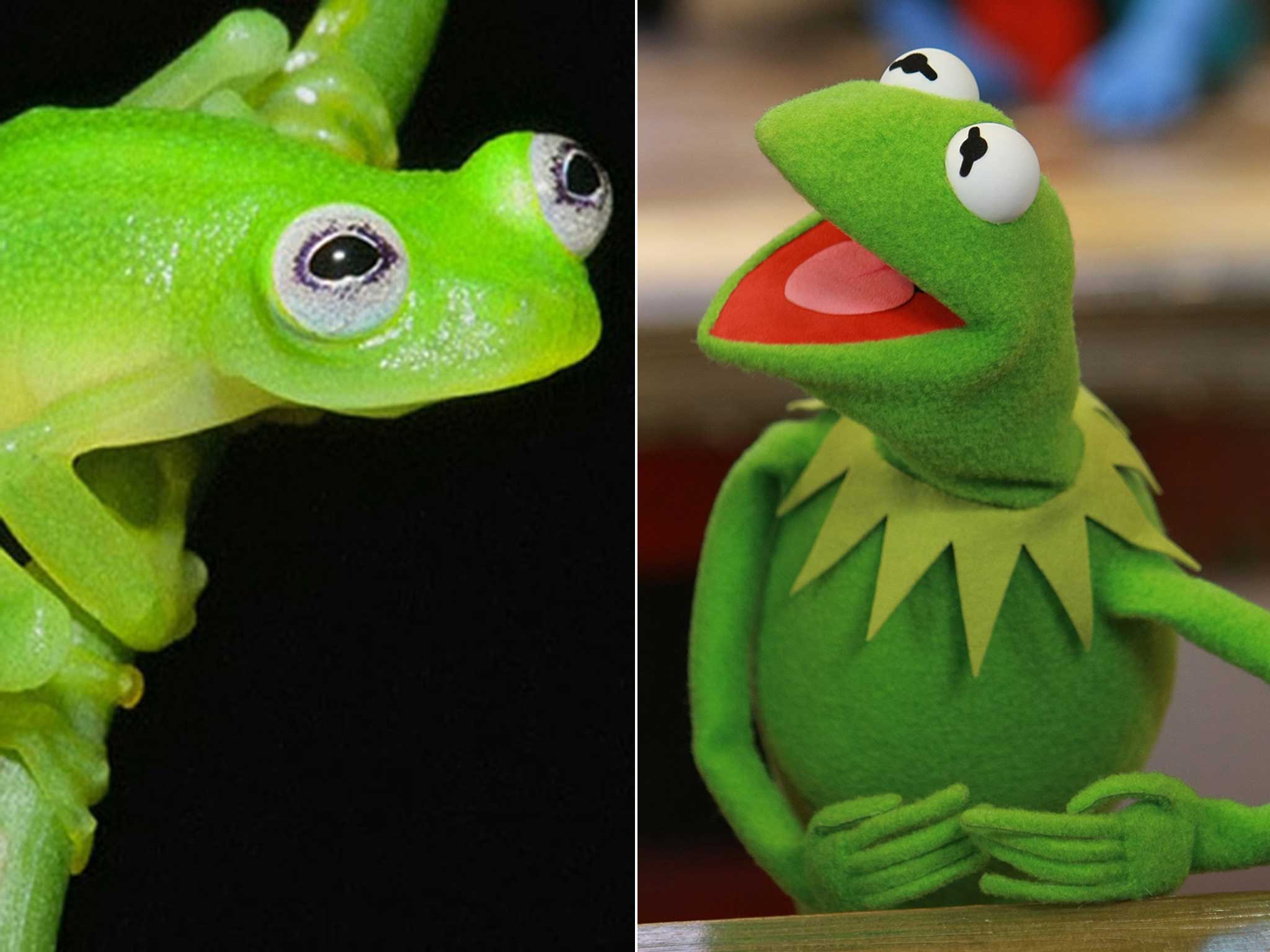Kermit's glass frog double discovered and he has an extraordinary translucent belly
Scientists have welcomed the discovery of the new species Hyalinobatrachium dianae

Your support helps us to tell the story
From reproductive rights to climate change to Big Tech, The Independent is on the ground when the story is developing. Whether it's investigating the financials of Elon Musk's pro-Trump PAC or producing our latest documentary, 'The A Word', which shines a light on the American women fighting for reproductive rights, we know how important it is to parse out the facts from the messaging.
At such a critical moment in US history, we need reporters on the ground. Your donation allows us to keep sending journalists to speak to both sides of the story.
The Independent is trusted by Americans across the entire political spectrum. And unlike many other quality news outlets, we choose not to lock Americans out of our reporting and analysis with paywalls. We believe quality journalism should be available to everyone, paid for by those who can afford it.
Your support makes all the difference.Scientists in South America have discovered a brand new species of frog – and he’s a dead ringer for Kermit the frog.
Hyalinobatrachium dianae is an inch-long glass frog with identical bright green skin, a translucent belly, and bulging white eyes with black pupils.

Costa Rican Amphibian Research Center found the new species of frog – named after the senior researcher’s mother Diane – on the Talamanca hills of the country, bringing the total known species of glass frogs on the island to 14.
According to the research centre the last discovery of a new glass frog was in 1973, making this find big news for the scientific community.
Brian Kubicki, one of the scientists involved in discovering the frog, said that the presence of the delicate creature was a “a good indicator of the general health of the eco-system.”
He told the Daily Telegraph that the frog was distinctive from those found previously because of its colouring, skin texture and the unusual sound of its call.
The amphibians, whose unusual name stems from their translucent bellies, are only found in parts of Central and South America. They are generally very small, ranging in size from 3cm to 7.5cm.
Subscribe to Independent Premium to bookmark this article
Want to bookmark your favourite articles and stories to read or reference later? Start your Independent Premium subscription today.
Join our commenting forum
Join thought-provoking conversations, follow other Independent readers and see their replies
Comments